Keynes and the Market: How the World’s Greatest Economist Overturned Conventional Wisdom and Made a Fortune on the Stock Market
$13.78
| Author(s) | |
|---|---|
| Pages |
225 |
| Format |
|
| Publication Year |
2008 |
Keynes and the Market by Justyn Walsh uncovers a side of John Maynard Keynes that few outside academic circles truly understand—the master investor who not only transformed economics but also outperformed the market through disciplined, insightful, and contrarian strategies. Far from being a mere theorist, Keynes was a pioneering practitioner who combined deep intellectual understanding with a pragmatic sense of risk, psychology, and value.
Walsh reconstructs Keynes’s investment journey from his early speculative failures to his later success managing the King’s College endowment, where he achieved returns that rivaled the best investors of the twentieth century. The book distills the core principles behind Keynes’s trading philosophy—patience, concentration, fundamental analysis, and the courage to diverge from the crowd—showing how these lessons remain profoundly relevant in today’s volatile markets.
Drawing from Keynes’s personal writings, economic theories, and trade records, Walsh reveals how Keynes gradually evolved from a market timer to a long-term value investor guided by conviction rather than consensus. His approach emphasized studying real-world fundamentals—earnings, management quality, and industry prospects—while maintaining humility toward uncertainty and market behavior. In doing so, he prefigured many modern ideas associated with behavioral finance and value investing.
The book also contrasts Keynes’s practical success with the often-misunderstood academic caricature of him as a government interventionist. Walsh makes the case that Keynes’s personal investing style reflected a unique blend of analytical rigor and intuitive adaptability—a mindset that every trader and portfolio manager can learn from.
Accessible, intellectually rich, and grounded in historical insight, Keynes and the Market is not just an economic biography but a trader’s manual rooted in timeless wisdom. It teaches that markets reward independence of thought, emotional balance, and the willingness to hold strong positions when others panic.
For serious investors, scholars, and students of market history, Walsh’s work bridges the gap between Keynes the theorist and Keynes the investor, offering enduring lessons on how to think, act, and prosper in uncertain financial times.
Contents:
- The Apostle Maynard
- Citizen Keynes
- Snap, Old Maid, and Musical Chairs
- The Reckoning
- Raising a Dust
- Animal Spirits
- Game Players
- Searching for Stunners
- Safety First
- Leaning Into the Wind
- Being Quiet
- Eggs in One Basket
- A Sense of Proportion
- Post Mortem
Keynes and the Market: How the World's Greatest Economist Overturned Conventional Wisdom and Made a Fortune on the Stock Market By Justyn Walsh pdf
14 reviews for Keynes and the Market: How the World’s Greatest Economist Overturned Conventional Wisdom and Made a Fortune on the Stock Market
Clear filtersOnly logged in customers who have purchased this product may leave a review.

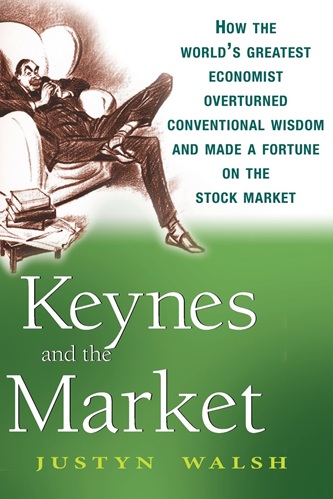
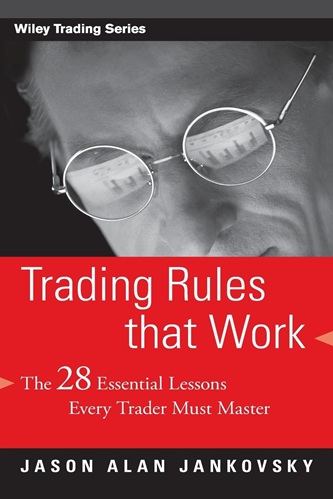
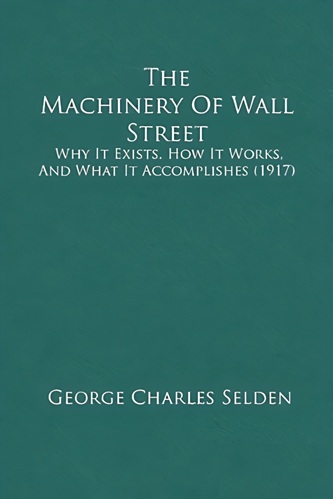
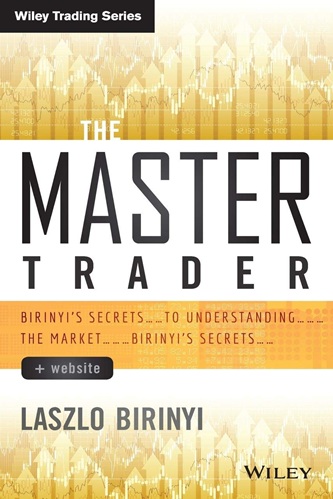
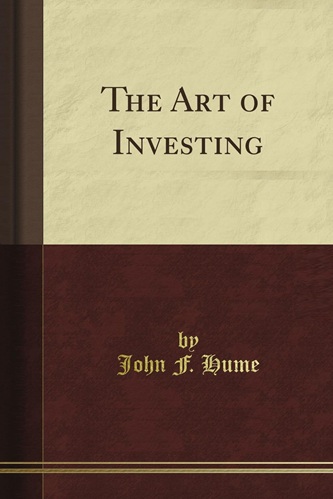
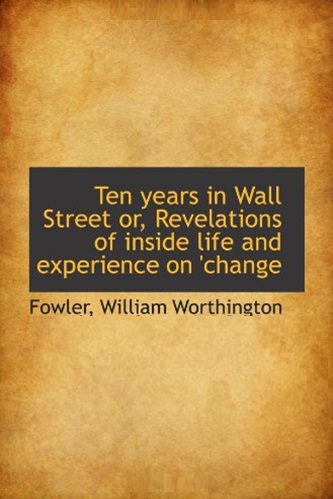
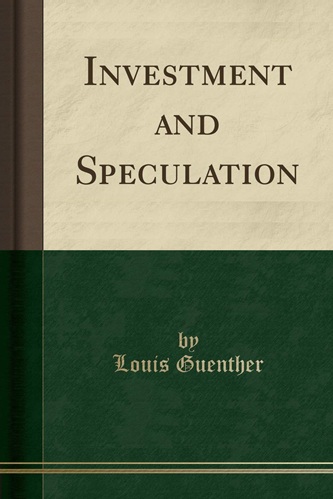
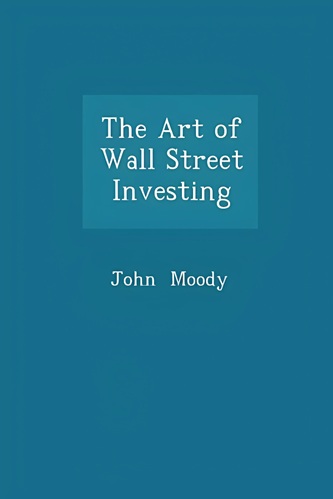
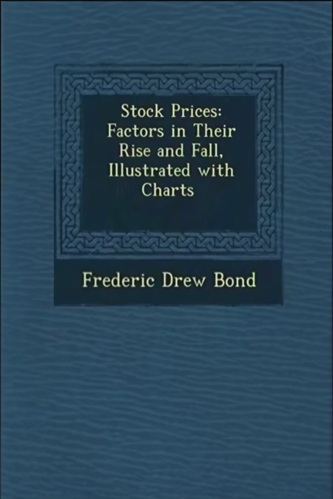
Gloria Meza (verified owner) –
Well written and right on target from the viewpoint of explaining the markets and the framework for success in investing. This is not a “how to” book but a book of practical principles for how Keynes and other successful investors have approached the markets. Keynes is very quotable and this book collects a lot of his pithy investing comments in one well-organized study. To paraphrase Keynes, the book is both vaguely and precisely right.
Arianna Bush (verified owner) –
As one of the above reviewers point out, you learn very little about Keynes in this book. Instead, the author puts together a hodgepodge if investment tidbits that tie very loosely together.
If you’re not at all familiar w/investments, this book may be of mild interest. Otherwise, I would strongly suggest against it. I learned much more about Keynes and investing in Barton Biggs’ Hedgehogging
Mariah Jensen (verified owner) –
Now that everybody seems to be a Keynesian again, the perfect time may have arrived to revisit Keynes’s oft-overlooked – and wildly successful – strategies for succeeding in the stock market. This lively look at Keynes’s evolution as an investor is sure to convince readers that value investing is a wise approach. With pithy language and an engaging style, investment banker and financial reporter Justyn Walsh points out that Warren Buffett isn’t the only value investor worth emulating. Investors familiar with Buffett’s mantras will find little new advice here, but Walsh does an admirable job of casting Keynes’s life in a new light. He also concisely sums up Keynes’s economic theory. getAbstract recommends this book to investors looking for insight from one of capitalism’s great minds.
Elena Poole (verified owner) –
Others identify this as a magisterial book on Keynes’ as an investor. In this review, I will disagree. I will suggest that more is needed. This book is described by me now as too interesting, engaging and colloquial ever to appeal to the three key markets: f dull people who like Keynes, investment dulls and, crucially, dullvestment Maynards. Another book would explore not only Keynes, but the Market. The market is complicated, so it would have to be avoided in a new book.
Nevertheless, in that paragraph I described why more is needed. It is important to have noted that Warren Buffet’s value style investment was incredible, and that is a bit like Keynes. Several current UK fund hedgers are also investor values – they could learn a lot from the credit cycle strategy outlined by Walsh and ripped off in the addendum-to-be. Or was that the other way round? We have looked to the intrinsic value to find out.
Finally, any stock-picking value type investor could do no better than to look at this book, and I intend to copy (thats enough. Ed.)
Emmitt Diaz (verified owner) –
This is an excellent book.The crucial divide between Keynes and the economics profession of the 1930’s and 2000’s was his deep understanding of the nature of the fundamental differences between decision making under conditions of uncertainty(partial ignorance) and/or ignorance(or D.Ellsberg’s ambiguity or Benoit Mandelbrot’s ” wild ” risk)as opposed to risk.Keynes understood that financial and stock markets were not efficient except under very special situations that would require an extremely heavy government regulatory apparatus aimed at minimizing the amount of speculation occurring in the financial,commodity,and stock markets over time.Keynes’s formal,logical,technical mathematical analysis in the A Treatise on Probability(TP,1921;practically all of Keynes’s relevant analysis was available in the fellowship dissertation that Keynes submitted to Cambridge University in 1908 ) ,that Walsh correctly describes as being understood by no more than 3 individuals,(The names of the 3 individuals were Bertrand Russell,Alfred North Whitehead and William Johnson.Unfortunately,there is only one individual alive today who understands what it was that Keynes accomplished .)allowed him to realize that the mathematical laws of the probability calculus[ the addition and multiplication rules at the heart of the ” Modern ” theory of finance constructed by the University of Chicago school of Markowitz,Treynor,Sharpe,Fama,Black,Merton,Scholes,etc.,as the foundation of the Efficient Market Hypothesis(EMH)] were greatly limited because no sample space of all possible outcomes or unique probability distribution could be defined in situations of partial or complete ignorance,in a world of constant,endogenous technological and financial change,which was the rule .Keynes realized that the Normal distribution, used automatically by all practitioners of the EMH in applications to financial markets ,and taught to all MBA students as ” The Truth “, was NOT normal in financial markets.In fact, it was rarely the case(Here Walsh could have improved his book somewhat if he had spent some time showing the connections between J M Keynes’s line of reasoning and the analysis of B Mandelbrot and N.N.Taleb).Only under conditions of risk would the EMH be a reliable theory to use to underpin financial portfolio analysis.There is no empirical,historical,or statistical support for the EMH.ALL goodness of fit tests presented in published work in the 20th century show that the probability distributions are not even half way close to being even approximately Normal .
Walsh ,similarly,shows the connections between the investment strategy and philosophy of the ” later ” Keynes, who had finally realized the immense damage to the economy caused by speculators, and those of Graham and Buffett( Soros is also very close to Keynes in his understanding of the impacts of uncertainty on financial decision making as well as having realized the severe damages inflicted on the economy by speculation.Both Soros and Keynes finally understood the ancient wisdom of Adam Smith in this area).
I have deducted one half star because Walsh appears not to realize that all of Keynes’s insights into financial decision making arise from Keynes’s discussions of decision making in the TP.Keynes was the first to put forth an explicit ,formal mathematical analysis of ” safety first” considerations in decision making in chapters 26 and 29 of the TP.
Macy Morrow (verified owner) –
I’ve been studying economics for over 20 years and I’ve always wanted to learn more about Keynes’ prowess in picking investments. I’m not sure this book is the greatest example and whether it’s sophisticated enough to really disect Keynes’ thoughts, well I don’t think so. I found one of the more interesting facts was how his investment picking philosophy changed from momentum investing (before the crash) to value investing. I think that is very “human” of Keynes, many of us have done the same thing over an investing career. Once you are burned on a philosophy, you tend to pick the opposite extreme the next time. In summary, a quick read and very interesting.. Not life changing but worth reading.
Kyree McLean (verified owner) –
After some speculation Keynes discovered the same principles as Graham and Buffett. The author explains them well. If you follow Keynes six principles you won’t be disappointed in the results.
Quincy Crosby (verified owner) –
Very enlightening book, I am enjoying it immensely.
Tyson Holland (verified owner) –
Had I researched this first, I would not have bought it. This whole idea is mentally depraved. It can’t work, even in an insane environment.
Emerald Clarke (verified owner) –
The author produced a value investing concoction (based on Warren Buffet and Benjamin Graham) and attributed it as being Keynes’ (later) investment style. Might have been. While the book makes a pleasant reading it looks like the author either did not know what stocks Keynes picked (I mean there is no example regarding specific companies)or he might have not wanted to tell. Under-research or lack of access to information. Either way a better descriptive title would have been “Keynes, a Light Biography”. So if you look about details of Keynes’s investment style you will find none in this book. Otherwise, it makes a good reading.
Lucian Wallace (verified owner) –
A man reviled in many circles yet we follow his ideas to this day. An implacable of foe of socialism, and communism as well as an indefatigable proponent of free markets and common sense. A large target for those who would oppose his towering and inextinguishable intellect that survives his sojourn among us.
Stetson Anthony (verified owner) –
If you are unfamiliar with John Maynard Keynes’ life this is a good short biography. It primarily concerns how his experiences as an investor and government official shaped the development of his ideas as an economist. A second part of this book is an argument in favor of value investing. This is the part that gets repetitious. However, overall it is interesting and if you are an investor then the author does draw several good conclusions from his analysis of Keynes’ investment philosophy.
Sky Tyler (verified owner) –
The original title of this book was “The Keynes Mutiny”, which gives you an idea of the type of puns which are inside. I would have preferred to have had the author quote Keynes directly, instead of paraphrase.
The actual material is good, considering that it is a short book.
Keynes is famous as an economist, but is also remembered for being an above-average stock market investor. I had never really thought about this much, and this book goes into detail.
Apparently, Keynes was a mediocre investor before the 1929 crash. He did OK in commodities and in stocks, and then pretty much lost it all by 1930.
At this point, so the story goes, he signed up for “Value Investing”, as in Benjamin Graham and Warren Buffett. Over the next 15 year, he not only made a moderately large amount of money for himself, but also improved the finances of Cambridge University. This is useful information.
I look forward to someone else writing a biography of Keynes the Investor.
Cash Sanford (verified owner) –
Justyn Walsh’s first book is remarkably fact packed and well written. In only two hundred pages, including copious endnotes and a bibliography, it focuses on the evolution of the remarkable economist, John Maynard Keynes, as an extraordinary investor in times very much like ours. Walsh pulls together the diverse and manifold aspects of Keynes’ life and personality into a surprisingly thorough portrait. As a young man Keynes quickly made a reputation in finance serving on the English delegation to the WWI peace conference. His renown soared when he quit and wrote a devastating analysis of the “peace process” correctly predicting that it would lead to disaster (WWII). This book traces his evolution from “momentum trader” and a speculator in currencies to his post-crash persona as a “value investor.” As a trader, Keynes had great success but came to disaster in the Depression, where he transformed to an investor in common stocks of “intrinsic” value very similar to the Graham-Buffett approach to the market. When he died in 1946, Keynes estate totaled about $30 million in today’s dollars. Along the way, he managed his college’s endowment into a five-fold increase and participated in the affairs of several insurance companies and investment trusts – all this while serving his country in a variety of economic posts such as negotiating loans from the U.S. to Britain and providing significant guidance at the Bretton Woods monetary accord. While it is not a “how to” book, Keynes and the Market clearly shows the way Keynes developed his investment technique and succinctly states a number of principles and guidelines useful for today’s investor. This book is a wonderful addition to the larger tomes on Keynes, such as Robert Sidelsky’s. It should also be on every investor/trader’s bookshelf.